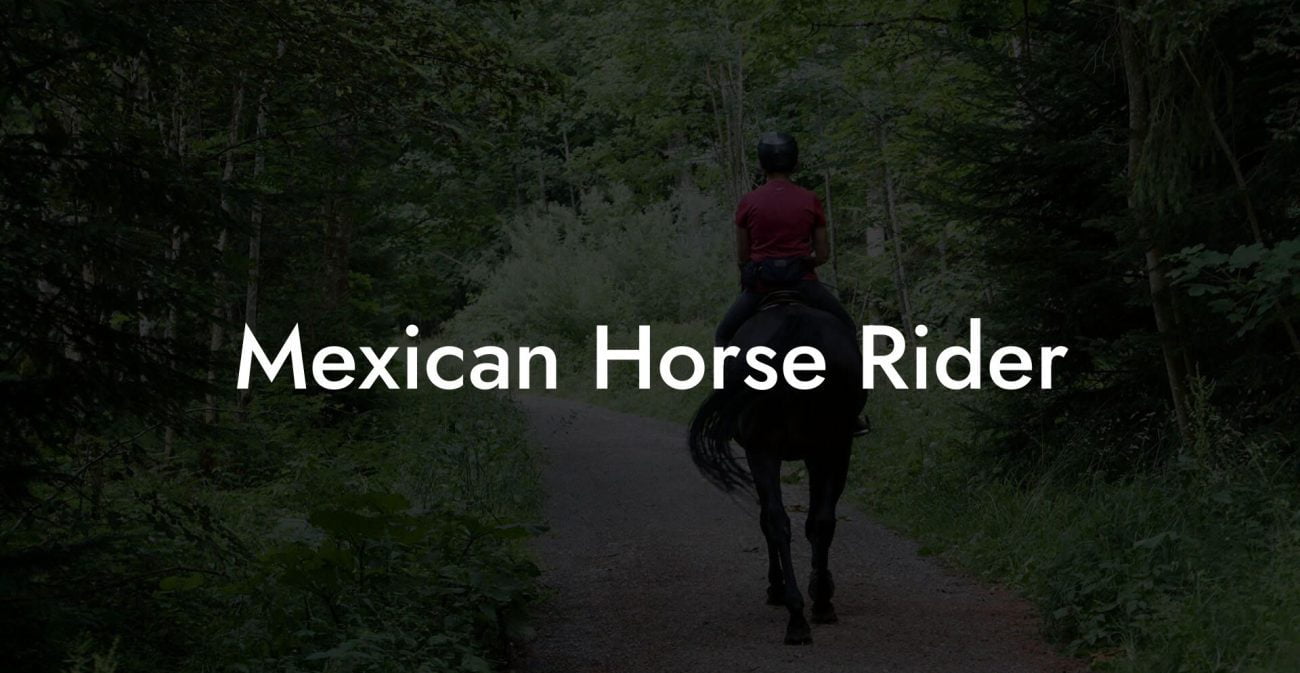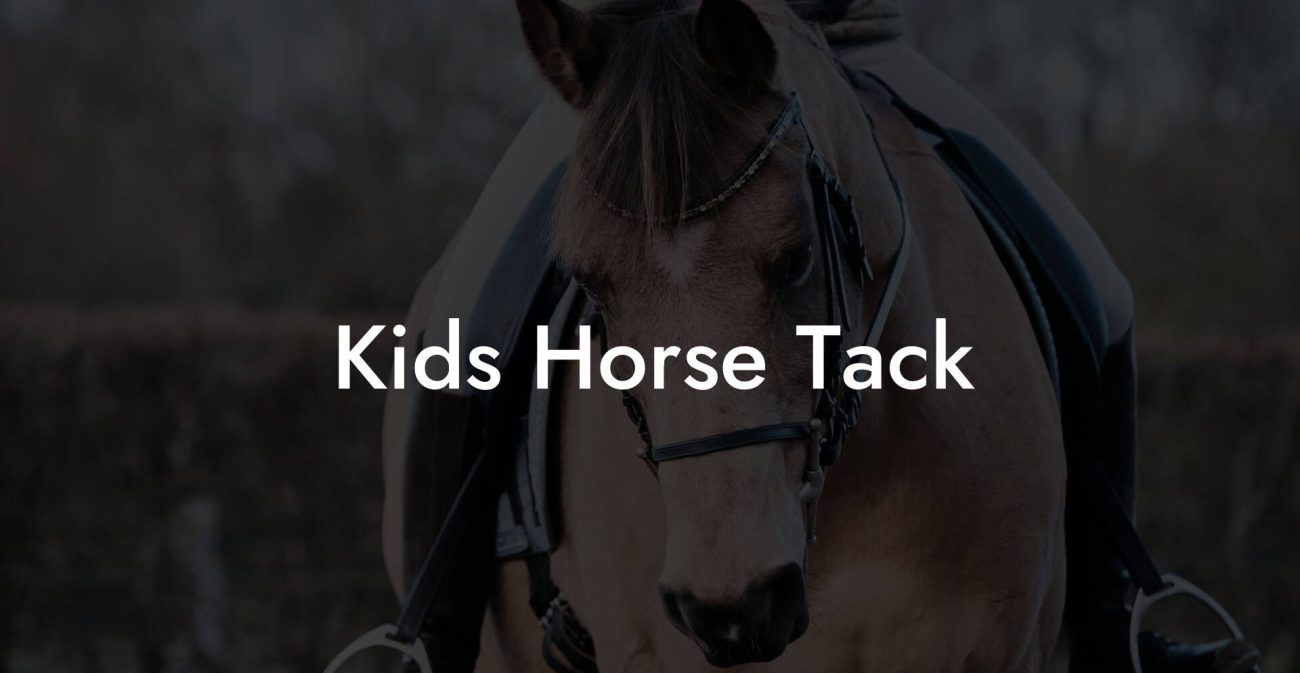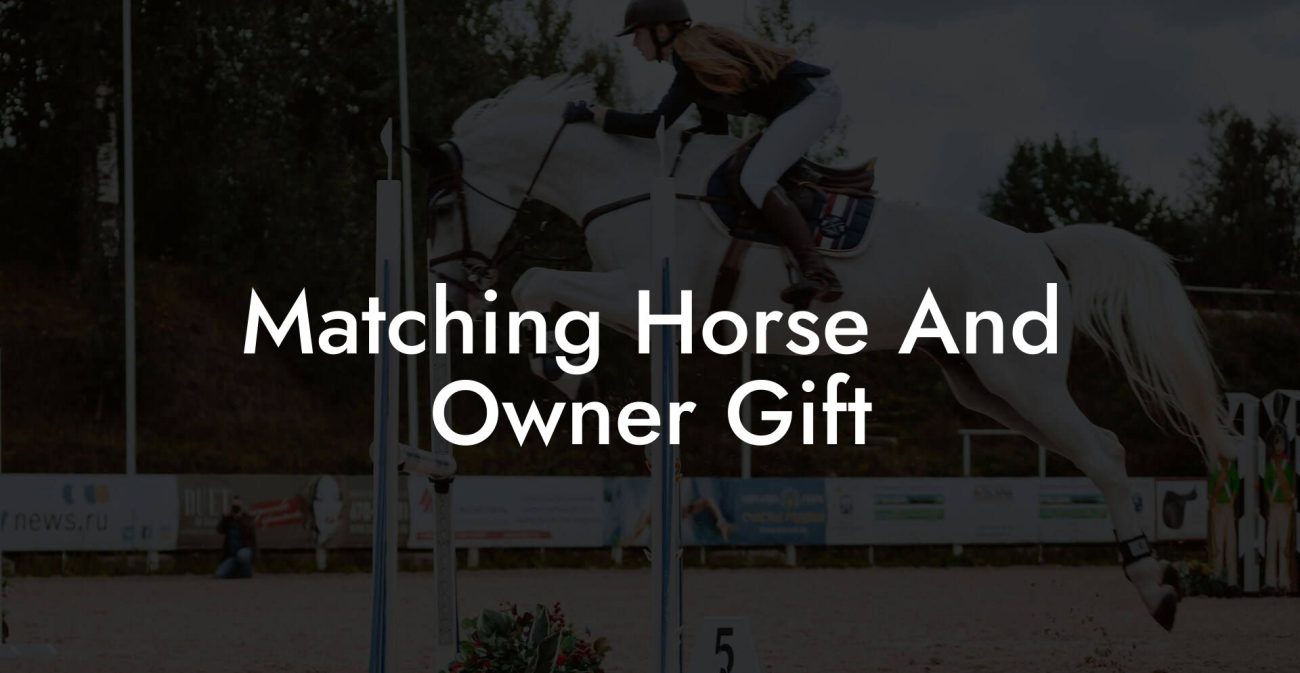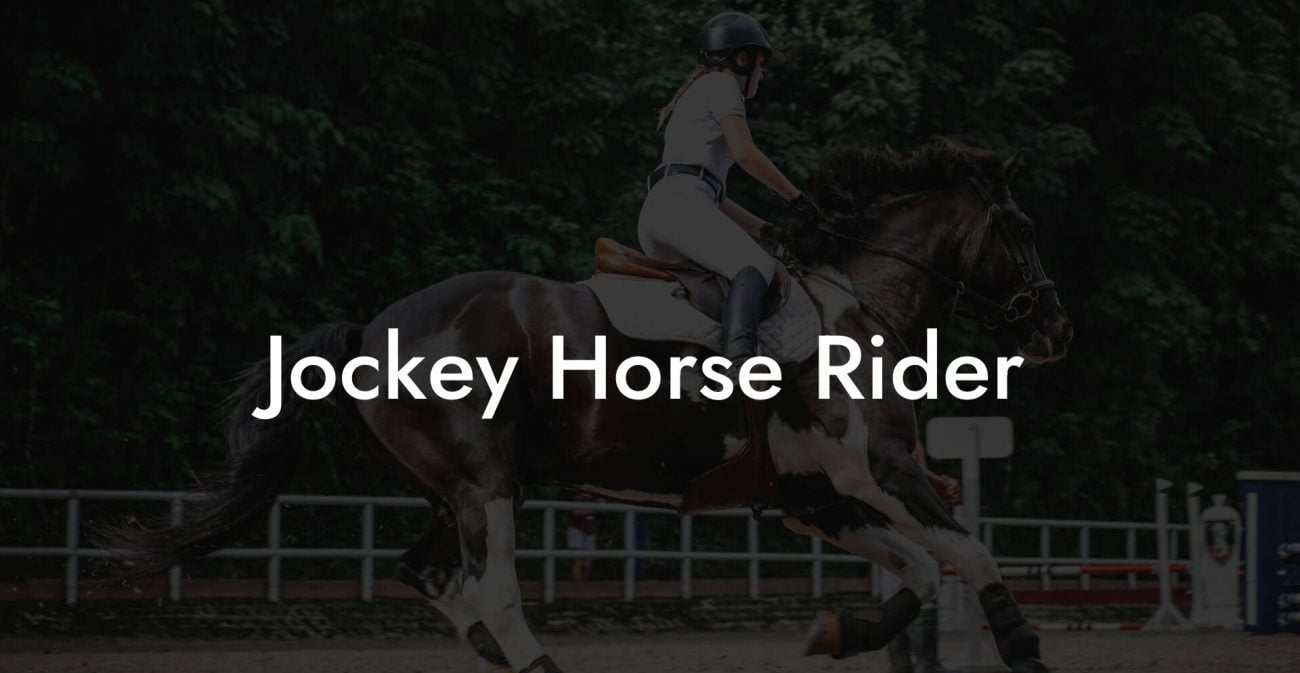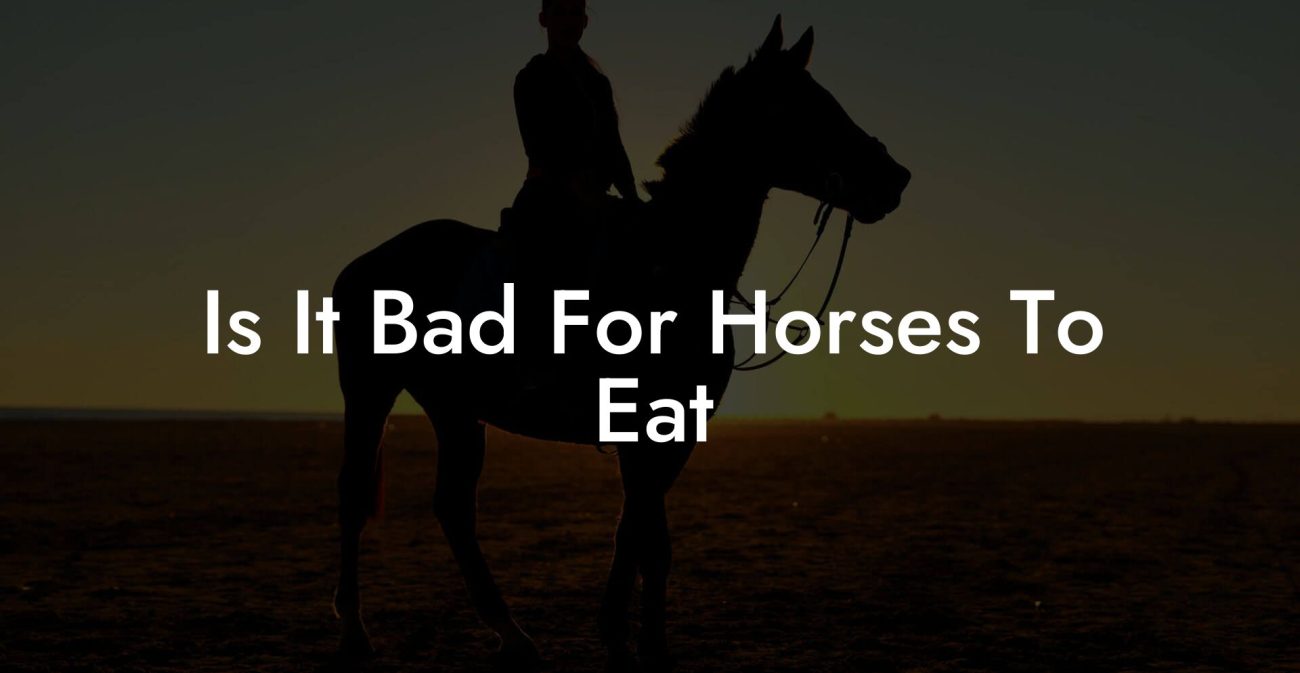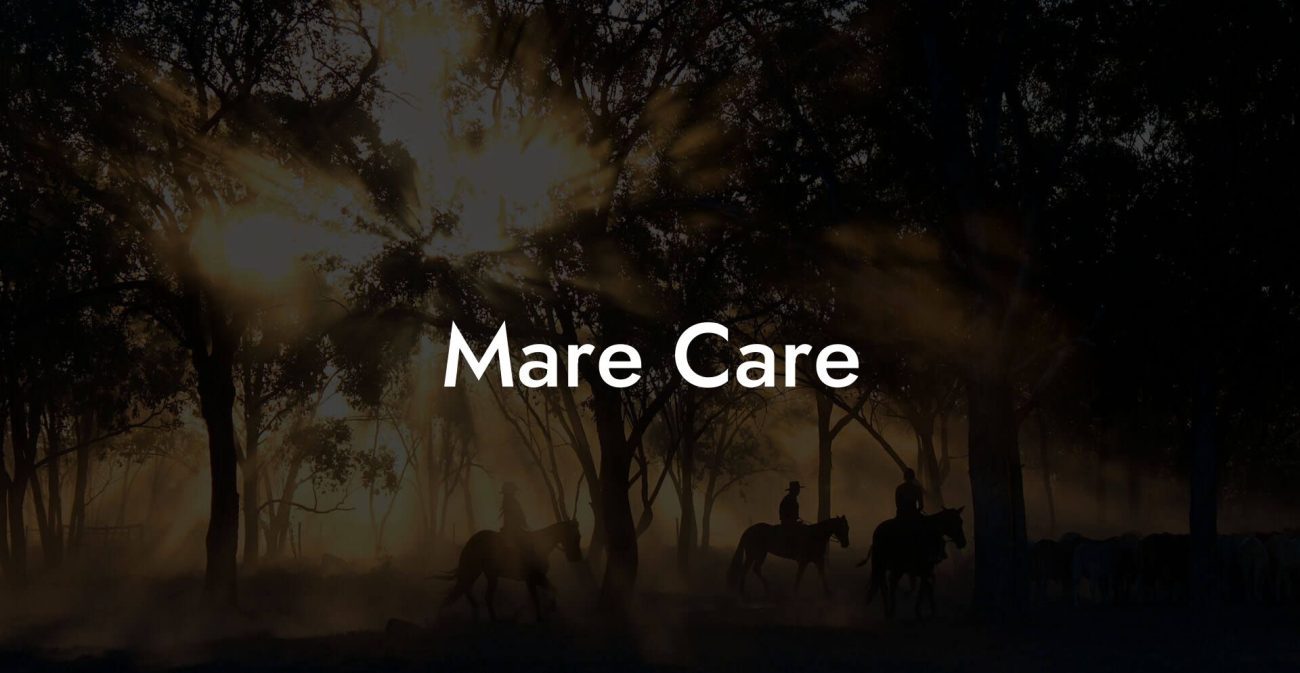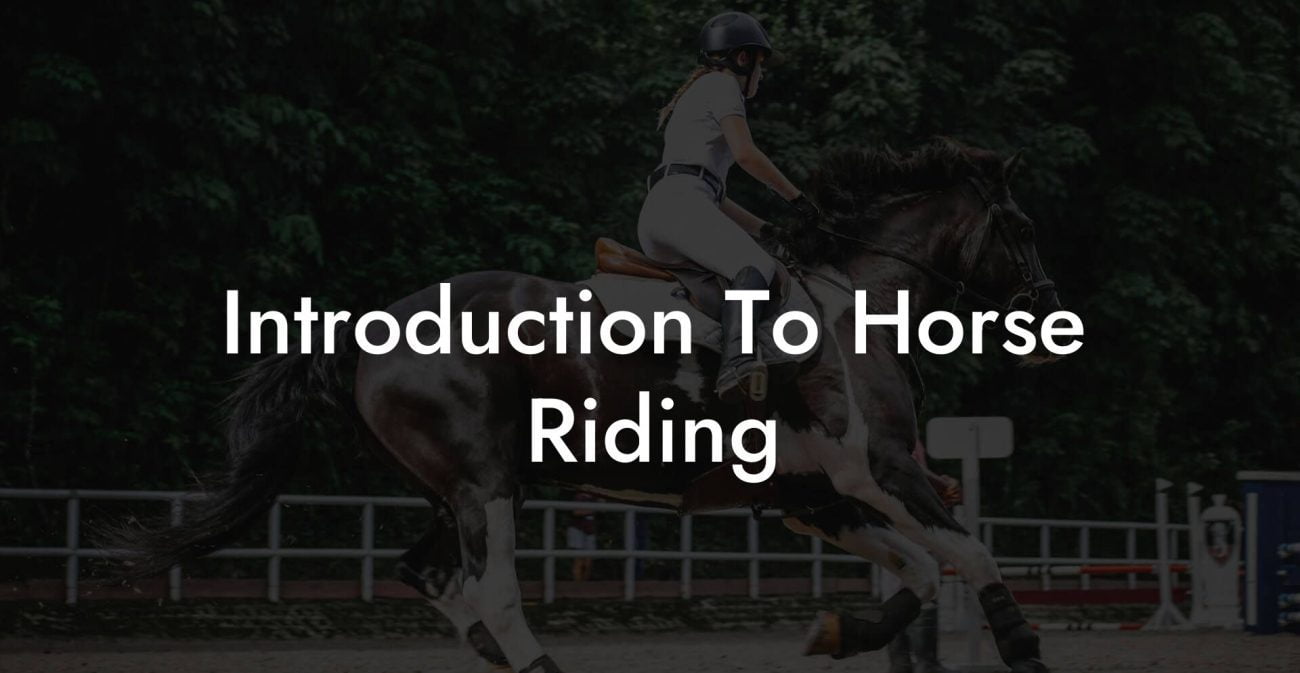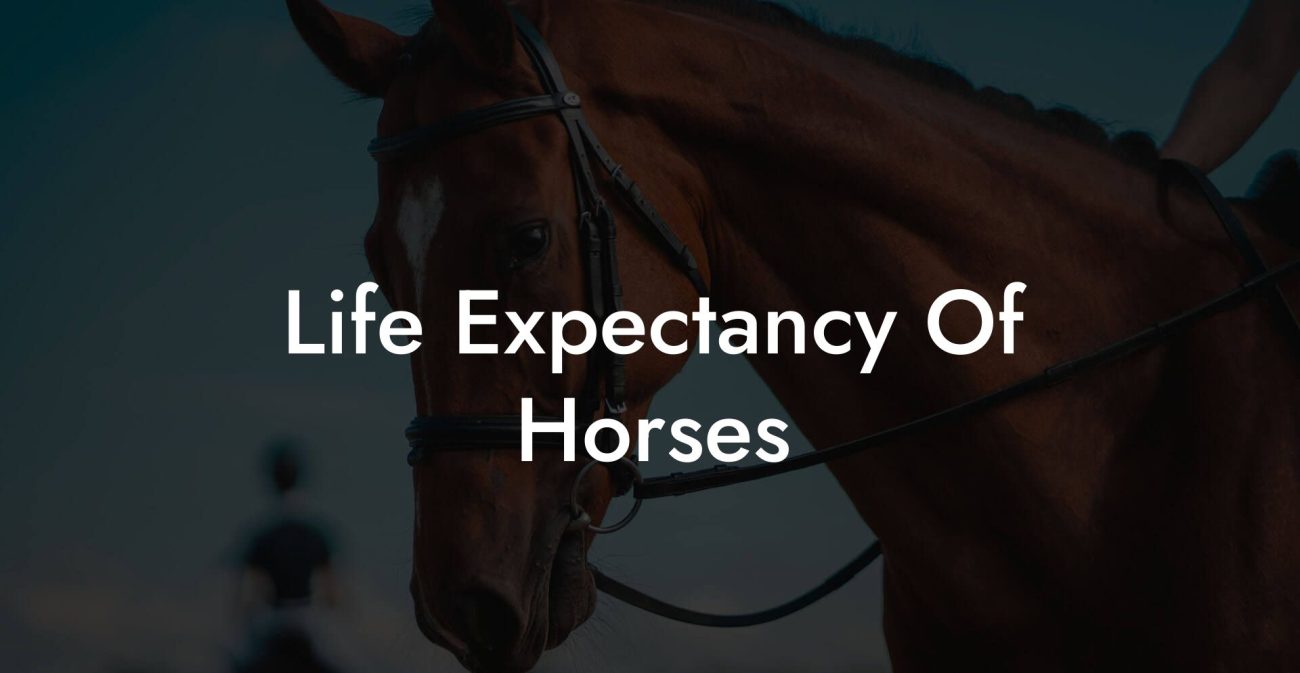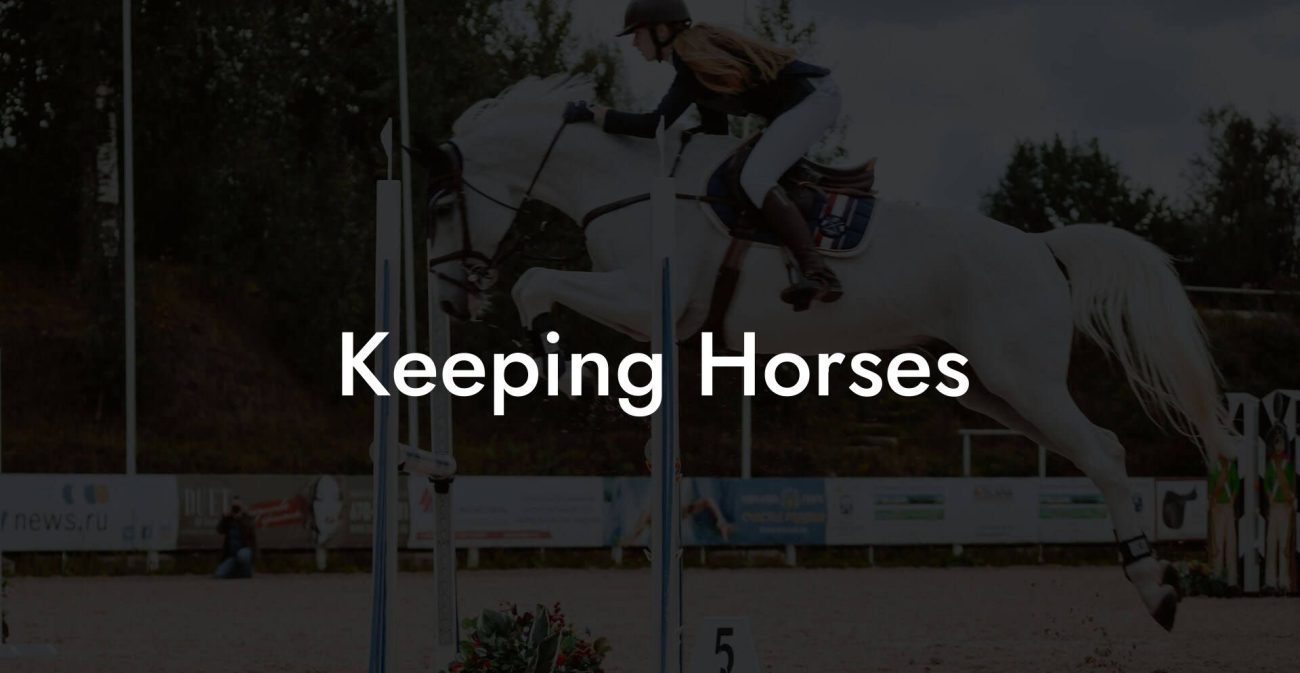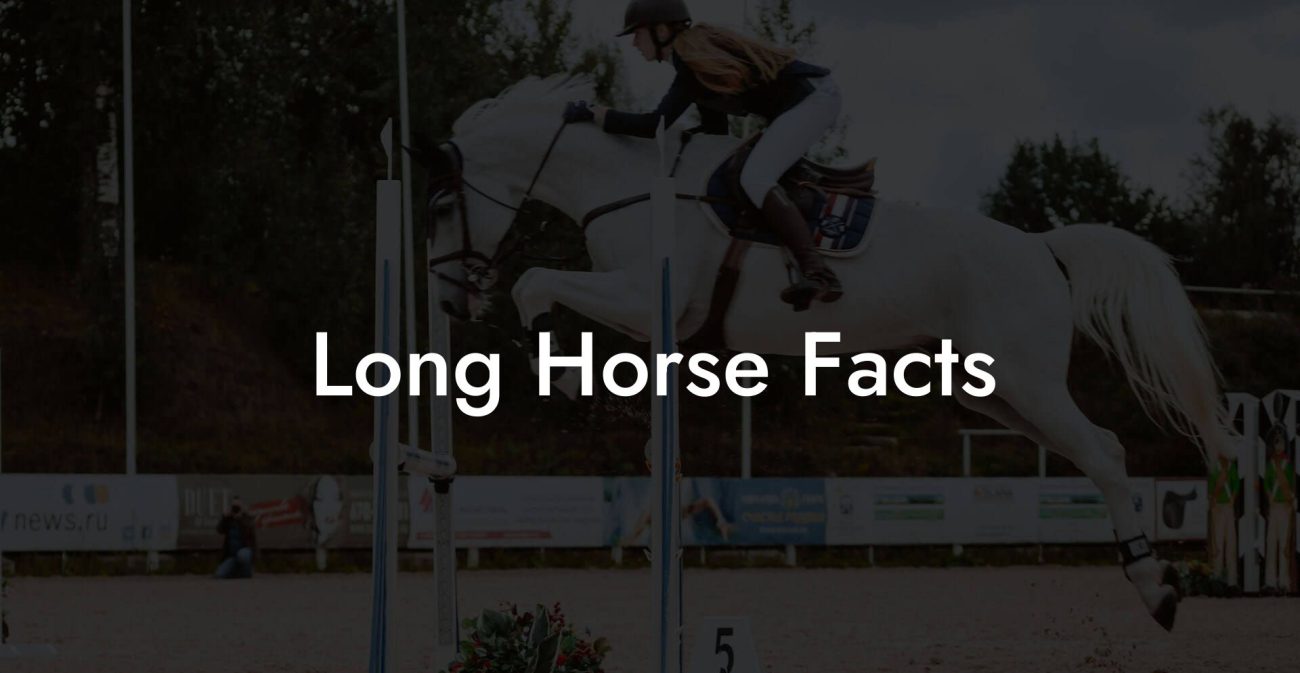When it comes to giving a horse a home, it’s not just about picking out the coolest stable décor or finding the perfect Instagram-worthy pasture, you need to get real about space. Whether you’re a Gen-Z equestrian fueled by your TikTok inspirations or a millennial making sure your four-legged friend has all the room to gallop, understanding how much space your horse needs is crucial. Let’s dive deep into the ins and outs of horse housing, from pasture requirements to stabling essentials, ensuring your equine buddy lives large in comfort and style.
Quick Links to Useful Sections
- The Basics: Why Space Matters for Your Horse
- Understanding Your Horse’s Space Requirements
- Pasture and Paddock Guidelines: Let Your Horse Roam Free
- How Much Pasture Space Do You Need?
- Paddock Considerations
- Stabling Essentials: Crafting a Safe, Comfortable Barn
- Stall Dimensions to Keep in Mind
- Common Barn Configurations
- Additional Space Elements: Arenas, Pasture Run-ins, and More
- Fenced Arenas
- Turnout Areas and Run-in Shelters
- Exercise Paddocks
- Factors That Influence Space Needs: It’s More Than Just Square Footage
- Climate and Seasonal Variations
- Horse Temperament and Health
- Management and Staffing
- Local Regulations and Zoning Laws
- Designing Your Equine Paradise: Innovative Approaches for Modern Horse Owners
- Eco-Friendly and Sustainable Designs
- Smart Barns and Tech-Integrated Facilities
- Multi-Functional Spaces for Community Engagement
- Management Tips: Maximizing Space and Ensuring Safety
- Implementing Rotational Grazing
- Regular Maintenance and Safety Checks
- Utilizing Technology for Efficient Monitoring
- Staff Training and Community Engagement
- Resources and Community Support: Your Next Steps
- Real-Life Success Stories: Transforming Space into Sanctuary
- Case Study 1: From Concrete to Pasture Paradise
- Case Study 2: High-Tech Barns and Happier Horses
- Case Study 3: Community-Driven Equine Facilities
- Crafting Your Custom Equine Space Plan
- Step 1: Assess Your Current Resources
- Step 2: Identify Your Horse’s Needs
- Step 3: Incorporate Safety and Accessibility
- Step 4: Consult Experts and Leverage Technology
- Step 5: Create a Flexible, Evolving Plan
- FAQs: How Much Space Do You Need for a Horse?
- The Road Ahead: Your Horse, Your Space, Your Vision
- Your Equine Space Story Begins Now
The Basics: Why Space Matters for Your Horse
Horses aren’t just massive animals, they’re high-energy, social, and incredibly intelligent creatures whose well-being depends on having sufficient space. A cramped stall or a tiny paddock isn’t just uncomfortable; it can lead to stress, health issues, and even destructive behavior. Think of it this way: you wouldn’t want to live in an apartment the size of a closet, right? Your horse deserves a roomy retreat where it can graze, trot, and enjoy some downtime.
The average horse requires more than just physical space; they need an environment that supports their natural behaviors, such as grazing, socializing with other horses, and exploring. The right amount of space can make the difference between a stressed, lethargic animal and a vibrant, healthy companion.
From understanding the different dimensions needed for pasture versus stabling to factoring in exercise and mental stimulation, we’re about to break down everything you need to know to create the ideal living situation for your equine friend.
Understanding Your Horse’s Space Requirements
How much space does a horse actually need? The answer isn’t a one-size-fits-all, it varies based on a multitude of factors, including the horse’s breed, age, temperament, and whether it’s your only horse or part of a busy herd. Let’s unpack the elements that play into the equation:
- Natural Behaviors: Horses are herd animals. They naturally range over large areas, and restricting that movement can lead to frustration and even behavioral issues.
- Breed Considerations: A draft horse isn’t going to thrive in the same setting as a nimble pony or a spirited thoroughbred. Larger breeds may need significantly more room.
- Exercise Needs: Not only do horses need space to graze, but they also benefit from areas designated for rigorous exercise, which is essential to their physical health and mental stimulation.
- Social Interaction: Horses are social creatures that benefit from interacting with other horses. Ample space allows them to engage in natural herd behaviors, reducing stress and promoting well-being.
While there are general guidelines available, these factors underscore the importance of tailoring your space allocation to meet your horse’s individual needs.
Pasture and Paddock Guidelines: Let Your Horse Roam Free
One of the most popular ways to keep a horse happy and healthy is by giving it plenty of pasture land. Pasture isn’t just about having a nice patch of grass (even though that’s a huge part of it); it’s about facilitating freedom, mental stimulation, and much-needed physical exercise.
How Much Pasture Space Do You Need?
For a single horse, experts typically recommend around 1.5 to 2 acres of pasture per animal if the grazing is the primary source of nutrition. However, if you’re planning on supplementing their diet with hay and grain due to seasonal changes or pasture quality, a smaller acreage might suffice. Regardless, keep in mind:
- Evaluation of Land Quality: Not all acres are created equal. Rich, lush, well-draining pasture can support more horses per acre than soil that’s hard-packed or rocky.
- Rotational Grazing: Implementing a rotational grazing system not only preserves the land but can also help each area recover, ensuring your horse always has access to nutritious, unspoiled grass.
- Water and Shade Availability: Ample space isn’t much use if your horse can’t easily access water or find shade. Properly spaced water troughs and natural or artificial shade are critical.
Paddock Considerations
A paddock is essentially a smaller, more controlled grazing area, and while it can be used as a supplementary space to a larger pasture, it comes with its own set of guidelines. For a single horse, a paddock of around 1/4 to 1/2 acre is often sufficient for daily turnout. Paddocks are a great way to provide your horse with fresh air, exercise, and a quick outdoor break without the extensive resource investment of a full-scale pasture.
When planning a paddock, think about dividing it into sections to avoid overgrazing. Mobile fencing or temporary partitions can help you manage who grazes where and when.
Stabling Essentials: Crafting a Safe, Comfortable Barn
While horses love the great outdoors, there are times when a stable is a necessity, think harsh weather, nighttime shelter, or periods of recovery after an injury. Designing a horse stable is a balancing act between space efficiency and providing an environment that meets all the welfare needs of a horse.
Stall Dimensions to Keep in Mind
A standard stall for a horse is typically around 12 by 12 feet, but don’t be surprised if you’ve heard of stalls that stretch to 14 by 14 feet or more. Larger horses in particular might need that extra room to move around safely. For horses that are more active or work dogs (oops, we mean work horses!), a wider stall might help prevent injuries.
Beyond the basic floor dimensions, consider:
- Adequate Ventilation: A well-ventilated stall is key to preventing respiratory issues, particularly in cold or humid climates.
- Light and Visibility: Horses respond well to natural light. Large windows, skylights, and open barn doors contribute to a calming environment.
- Safe Flooring: The floor should be well-drained and cushioned. Rubber mats or deep bedding can help reduce the risk of slipping.
Common Barn Configurations
There isn’t one “correct” configuration for a barn, what works best can depend on factors like the number of horses, climate, and your lifestyle. Some of the popular barn designs include:
- Traditional Pole Barns: Known for their rustic charm and natural ventilation, pole barns can be quite spacious and customizable.
- Modern Barns: With sleek lines and an emphasis on natural light, modern barns often come with computerized ventilation and climate control systems.
- Detached Stables: These designs often offer more privacy and can reduce the risk of injury if a horse gets spooked, as pathways or running horses are separated from the main barn area.
Ultimately, the key to a great barn is ensuring that it’s both functional and a pleasant space for your horse to spend time when the weather calls for shelter.
Additional Space Elements: Arenas, Pasture Run-ins, and More
Beyond everyday living space and stabling, horses also require specific areas for training, exercise, and even mental rescues. Let’s explore some popular additional facilities:
Fenced Arenas
For those who’re more serious about riding, practicing dressage, or just letting their horse run free in a controlled environment, a fenced arena is a must. Standard arenas vary in size, but an indoor arena is generally about 20,000 square feet (roughly 0.5 acres), while outdoor arenas can be larger, offering ample space for jumping and other equestrian sports.
Making sure your arena has a well-maintained footing is essential to avoid slips and injuries, and many stable owners invest in periodic arena maintenance to keep the surface at peak performance.
Turnout Areas and Run-in Shelters
Run-in shelters offer horses protection from the elements while still allowing them to roam. These simple, often freestanding structures combined with fenced turnout areas let your horse enjoy the outdoors with some shelter from sun or rain. The ideal setup includes:
- Spacious Turnout: Ensure that your turnout area is large enough to allow the horse to move freely and interact with its canine or equine neighbors.
- Shelter Placement: Position run-in shelters in spots with minimal wind and maximum shade to provide optimal weather protection.
Exercise Paddocks
Aside from the main pasture, an exercise paddock offers a dedicated space for your horse to stretch their legs without the risk of overgrazing the larger field. This spot is perfect for interval training, workouts, or even just a place to decompress before heading back to the barn.
Factors That Influence Space Needs: It’s More Than Just Square Footage
While having plenty of square footage is fundamental, several other factors come into play when determining the ideal space for your horse. Here are some considerations to take into account:
Climate and Seasonal Variations
Your local climate can significantly influence space management. In milder climates, horses might thrive with extensive pasture access year-round. In harsher weather conditions, however, you’ll need to invest more in sheltered areas and stabling to ensure their comfort during winter or extreme heat.
Horse Temperament and Health
Just like people, every horse has its own personality quirks. A laid-back, older horse might require less rigorous exercise space than a young, energetic filly. Similarly, horses recovering from an injury might need extra space to move without risking further harm, paired with areas away from the hustle and bustle.
Management and Staffing
If you’re running a small boarding operation or a large equine facility, staff availability and management style will influence how you allocate space. More hands-on management might allow you to safely maximize usage of smaller areas, while a hands-off approach necessitates more generous spacing to prevent conflicts and accidents.
Local Regulations and Zoning Laws
It might sound a bit bureaucratic, but don’t forget that local laws and zoning restrictions can dictate minimum land requirements for equine properties. Before setting any plans in stone, check with your local planning department to avoid regulatory headaches later on.
Taking these factors into account will help you create a balanced environment that meets your horse’s physical need for space as well as its emotional and social needs.
Designing Your Equine Paradise: Innovative Approaches for Modern Horse Owners
For a new generation of horse enthusiasts, the approach to equine space is evolving. Modern design trends blend practicality with style, setting the stage for innovative solutions that cater to both the horse and the owner. Here are some trends and ideas to consider:
Eco-Friendly and Sustainable Designs
Sustainability isn’t just for urban apartments or tech startups, it's a growing trend in equine facilities, too. From solar-powered barns to eco-friendly fencing made from recycled materials, creating an environmentally conscious stable or pasture not only saves you money in the long run but also promotes a healthier environment for your horse. Many modern designs incorporate rainwater harvesting, natural ventilation systems, and energy-efficient lighting setups.
Smart Barns and Tech-Integrated Facilities
For the tech-savvy millennial or Gen-Z horse owner, smart barns equipped with sensors monitoring temperature, humidity, and even horse movement are all the rage. Imagine getting a notification on your phone if your horse’s stall requires extra cleaning or if the turnout area’s gate was inadvertently left open. Technology and equine management are merging in innovative ways, making daily operations smoother and more enjoyable.
Multi-Functional Spaces for Community Engagement
More than ever before, equine facilities are designed to serve as community hubs. Open-air arenas, convertible event spaces, and cozy lounges within the barn not only provide for your horse’s needs but also become the scene for social events, riding clinics, and community outreach programs. These multi-functional spaces underscore that a well-designed facility is as much about building community as it is about providing shelter for horses.
By combining innovative technology with sustainable and community-focused design, you can create an equine living space that’s not just functional, but truly inspiring.
Management Tips: Maximizing Space and Ensuring Safety
Even after designing a perfect space for your horse, day-to-day management plays a huge role in how effective that space will be in nurturing your animal’s health and happiness. Here are some practical management tips that help you get the most out of your equine property:
Implementing Rotational Grazing
Rotational grazing is a smart way to ensure that your pasture remains lush and healthy. By dividing your land into multiple sections and rotating your horse among them, you give the grass time to recover, reduce the risk of overgrowth, and even break the cycle of parasites. It’s like giving your pasture a mini-vacation while your horse enjoys a fresh new scene every day.
Regular Maintenance and Safety Checks
A well-maintained property is a safe property. From checking fences regularly for weak spots to ensuring that water sources are spill-proof and secure, consistent maintenance goes a long way in preventing accidents. Make it a point to carry out seasonal reviews and address any issues before they turn into costly repairs.
Utilizing Technology for Efficient Monitoring
Using apps and smart sensors can help you monitor the condition of your facilities, manage feeding schedules, and even keep an eye on your horse’s behavior. A little bit of tech can provide insights that allow for proactive management, ensuring that your horse is always in the best environment possible.
Staff Training and Community Engagement
Whether you’re managing the property solo or as part of a team, regular training on best practices in horse care and facility management can make a significant difference. Engaging with local equestrian communities and learning from fellow horse enthusiasts can offer new ideas and innovative solutions for space management.
Resources and Community Support: Your Next Steps
Getting the space right for your horse is a journey that combines research, planning, and real-world adjustments. Luckily, there’s a wealth of resources and communities eager to share their experiences and expertise. Whether you’re looking for articles on pasture management or searching for forums where fellow horse lovers swap stories about barn hacks and riding tips, you have a world of knowledge at your fingertips.
Consider joining local equestrian groups on social media, Facebook and Instagram are buzzing with communities that focus on everything from sustainable barn designs to innovative pasture rotation techniques. Many state and local extension services also offer free or low-cost guidance on land management and equine care. This robust support network means that you’re never alone on your quest for the perfect equine habitat.
As a next step, explore online courses, webinars, and even local workshops that tackle topics like horse nutrition, pasture health, and modern stable design. Investing in these resources can inspire creative solutions and give you confidence that your horse is getting the best care possible.
Real-Life Success Stories: Transforming Space into Sanctuary
Sometimes the best way to see the potential of a well-planned equine space is to hear from those who’ve already done it. Across the country, horse owners are sharing their stories of transformation, from converting underutilized land into sprawling pastures to renovating cramped barns into state-of-the-art stables.
Case Study 1: From Concrete to Pasture Paradise
Meet Sarah, a millennial riding enthusiast who inherited a small plot of land that was once an abandoned industrial lot. With a passion for sustainability and a drive to give her beloved mare, Luna, a true outdoor experience, Sarah invested in converting the lot into a lush, green pasture with rotational grazing sections. By collaborating with local landscape experts and utilizing eco-friendly practices, Sarah not only enhanced Luna’s quality of life but also created a community gathering space for local horse lovers.
Case Study 2: High-Tech Barns and Happier Horses
For urban horse owner Jake, space came in small packages, a multi-use stable in the heart of a bustling city suburb. With limited acreage, Jake and his team employed cutting-edge technology to monitor stall conditions and optimize the layout for maximum comfort. Innovative uses of smart sensors, automated feeders, and energy-efficient lighting transformed a modest barn into a modern sanctuary that catered to both functionality and aesthetics. The result? A healthier horse and a barn that quickly became the talk of the local equestrian community.
Case Study 3: Community-Driven Equine Facilities
In a tight-knit rural setting, a group of friends and fellow horse lovers pooled their talents and resources to revamp an old farm into a dynamic equine facility. By combining traditional barn structures with modern arenas and communal pastures, they created a space that was more than just a stable, it became a hub for equine therapy sessions, riding lessons, and even local art festivals. This collaborative endeavor not only provided ample room for each horse but also strengthened community bonds and set the stage for ongoing innovation in horse care.
These success stories remind us that with the right research, creativity, and community support, you can transform any piece of land, no matter how small, into an equine retreat that caters to your horse’s every need.
Crafting Your Custom Equine Space Plan
Ready to get started on designing a space that’s as unique as your horse? Here’s a straightforward plan to help you design the perfect environment:
Step 1: Assess Your Current Resources
Explore the land you have and evaluate its potential. Whether it’s a sprawling acre of pasture or a small urban lot, understanding the limits and possibilities of your property is the first step toward a functional equine habitat.
Step 2: Identify Your Horse’s Needs
Consider your horse’s age, breed, temperament, and exercise requirements. Would your horse thrive with extensive pasture access, or does it need more structured stabling and controlled turnout areas? Tailor your plan to meet these specific needs.
Step 3: Incorporate Safety and Accessibility
Design your layout with safety in mind. Ensure that all fencing is secure, that there are ample water sources, and that shelter is readily accessible. Keep in mind the need for regular maintenance and emergency access.
Step 4: Consult Experts and Leverage Technology
Don’t hesitate to reach out to local experts, veterinary professionals, and experienced horse owners. Use technology such as design apps or mapping tools to plan the layout, and be open to incorporating sustainable and tech-forward innovations in your design.
Step 5: Create a Flexible, Evolving Plan
Your equine space doesn’t have to be set in stone. Regularly evaluate the facility’s use, gather feedback from caretakers, and be open to making improvements. The perfect equine environment evolves with the needs of its inhabitants and the insights from experience.
By following these steps, you transform a collection of acres, or even city blocks, into a harmonious blend of nature, technology, and community that supports the health and happiness of your horse.
FAQs: How Much Space Do You Need for a Horse?
We’ve gathered some of the most frequently asked questions about equine space requirements to help clear up any lingering doubts. Check out our answers below:
1. How many acres of pasture does my horse need if grazing is its main food source?
Generally, a single horse will need around 1.5 to 2 acres of well-maintained pasture if the majority of its diet comes from grazing. However, this can vary based on the quality of the land and the horse’s nutritional needs.
2. What are the recommended dimensions for a standard horse stall?
Most horse stalls measure about 12 by 12 feet. Larger breeds or particularly active horses might require stalls that are 14 by 14 feet or even larger to ensure safety and comfort.
3. Can a horse do well in a smaller urban setting?
Yes, with careful planning and the right facilities, such as smart barns, access to well-managed paddocks, and scheduled turnout times, horses can live comfortably even in urban or smaller spaces.
4. What is rotational grazing, and why is it important?
Rotational grazing involves dividing pasture into smaller sections and rotating horses among them. This management practice helps prevent overgrazing, maintains healthy grass, and reduces parasite buildup.
5. How do climate and seasonal shifts impact pasture space requirements?
In regions with harsh winters or extremely hot summers, additional shelter and supplemental feed may be required, reducing the reliance on pasture alone. Seasonal rotation and added turnout areas ensure that your horse remains comfortable year-round.
6. Are there modern design trends for horse facilities that combine both aesthetics and function?
Absolutely. Today’s equine facilities often blend eco-friendly designs, smart technology, and community spaces to create environments that are both beautiful and highly functional.
7. Where can I find more resources or community support in planning my horse’s space?
Look into local agricultural extension services, online equestrian communities, and specialized forums on sustainable barn designs and modern pasture management. Social media groups are also a great way to gather real-life insights and creative ideas.
The Road Ahead: Your Horse, Your Space, Your Vision
Your journey to creating the perfect space for your horse is an evolving process, one that involves planning, creativity, and a deep understanding of your animal’s needs. Whether you’re planning a sprawling rural pasture or designing a high-tech urban stable, the key is to ensure that your horse can live freely, safely, and happily. Every inch of pasture, every square foot of barn, is a building block toward a sanctuary that supports your horse’s health and wellness.
Embrace the challenge with confidence and a dash of humor, after all, who wouldn’t want their beloved equine companion to strut around in a space designed for royalty? With a mix of traditional methods, modern innovations, and a dedicated community of fellow enthusiasts, you have everything you need to carve out an environment where your horse can truly thrive.
So, take that first step today: assess your land, research your options, and start sketching out your dream equine space. In a world where every detail counts, your commitment to providing the perfect environment isn’t just beneficial for your horse, it’s a declaration that quality of life matters, no matter how many hooves are involved.
Remember, designing a space for your horse is not a one-off project, it’s an ongoing journey. As your horse grows and as your understanding of equine care evolves, your space may need adjustments, innovations, and even a few unexpected changes. And that’s totally cool, just like life, it’s all about learning, adapting, and thriving together.
Your Equine Space Story Begins Now
Whether you’re scrolling through equestrian inspiration on Instagram or deep diving into pastures and paddocks with a research binge, your commitment to understanding exactly how much space a horse needs is a game-changer. Here’s to a future where every gallop, every trot, and every moment of relaxation in your horse’s sanctuary is underpinned by careful planning and heartfelt passion.
Step into this adventure with a spirit of exploration, your horse will thank you with every joyful neigh and spirited canter. The equine world is as dynamic and expansive as the spaces we create for these incredible creatures. Invest in your horse’s environment today, and you’re building not just a stall or a pasture, but a legacy of love, care, and constant innovation.
Let your journey be bold, your ideas vast, and your space as limitless as your horse’s potential. The perfect space isn’t just a measurement, it’s a lifestyle that champions health, happiness, and a whole lot of heart. Now, go forth and create a masterpiece that celebrates the harmony of nature, design, and the untamed spirit of the horse.


